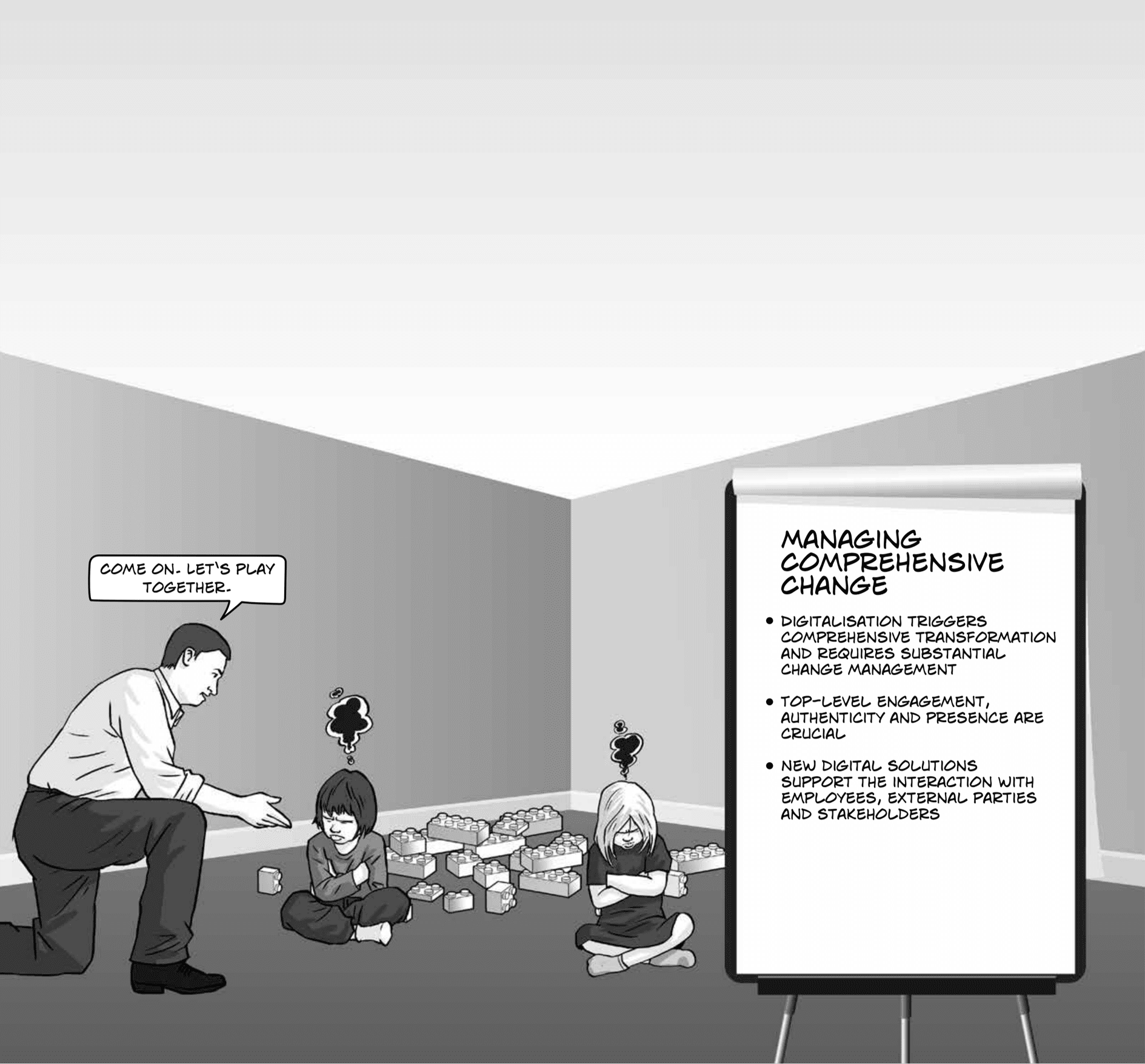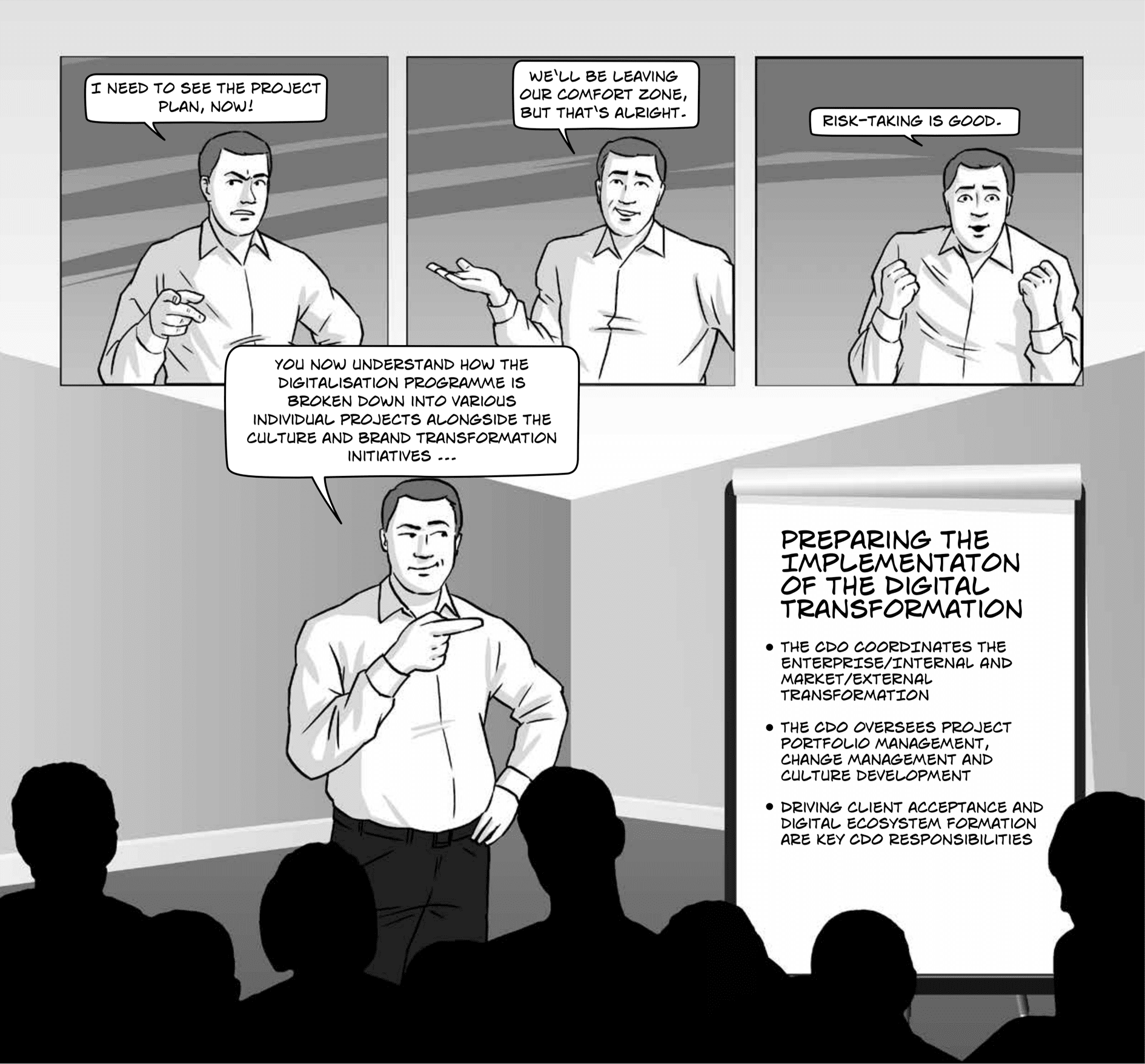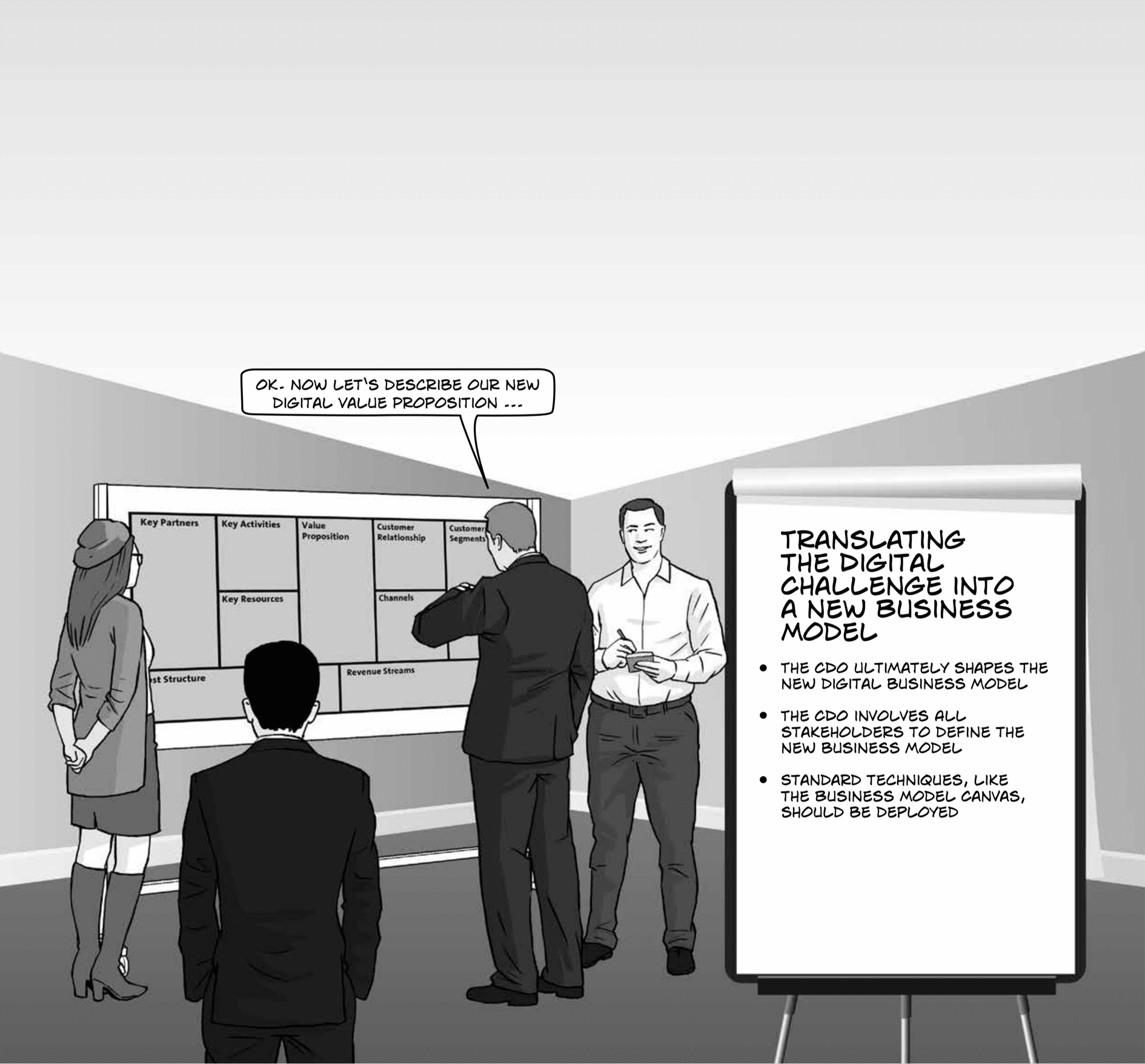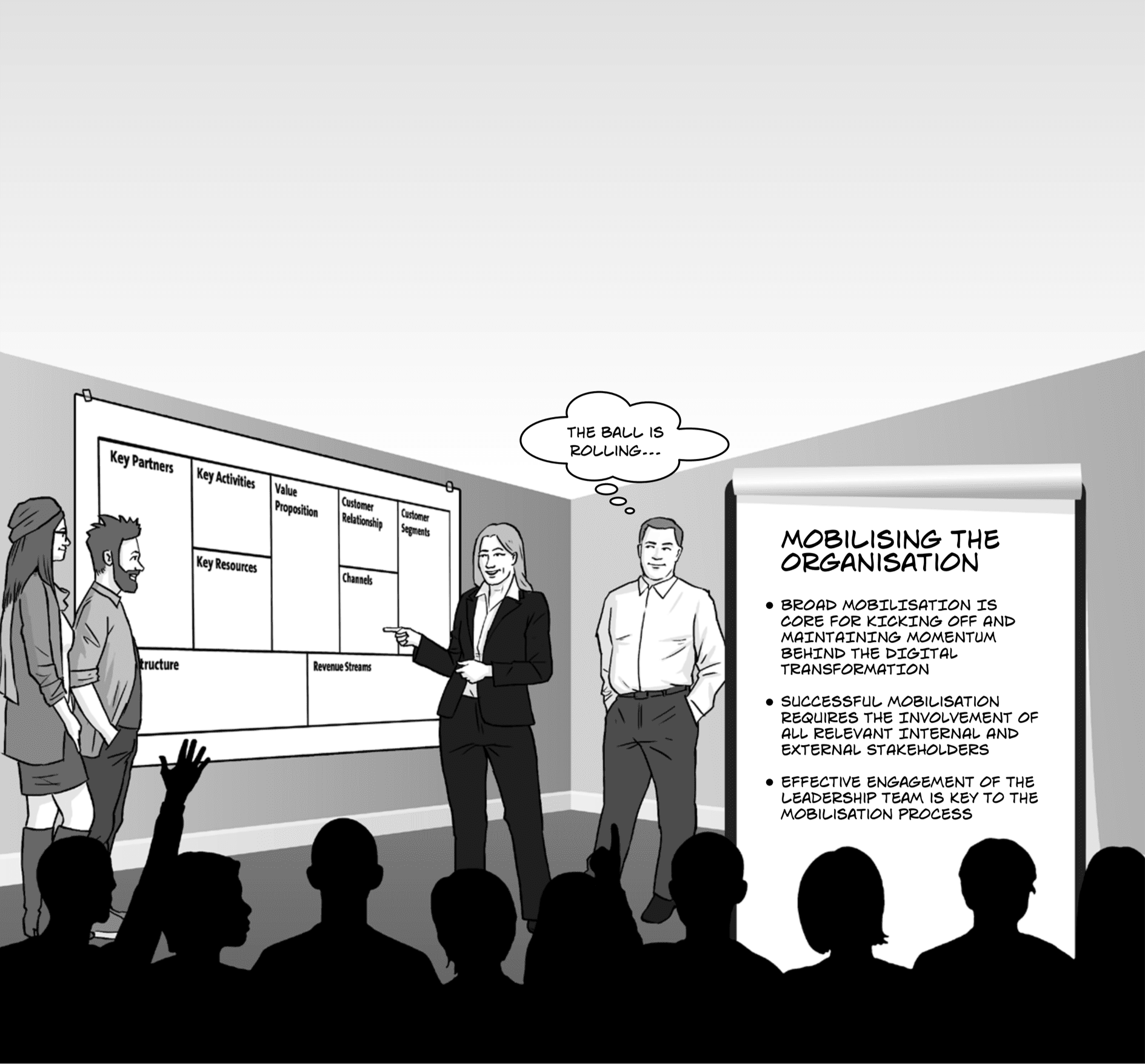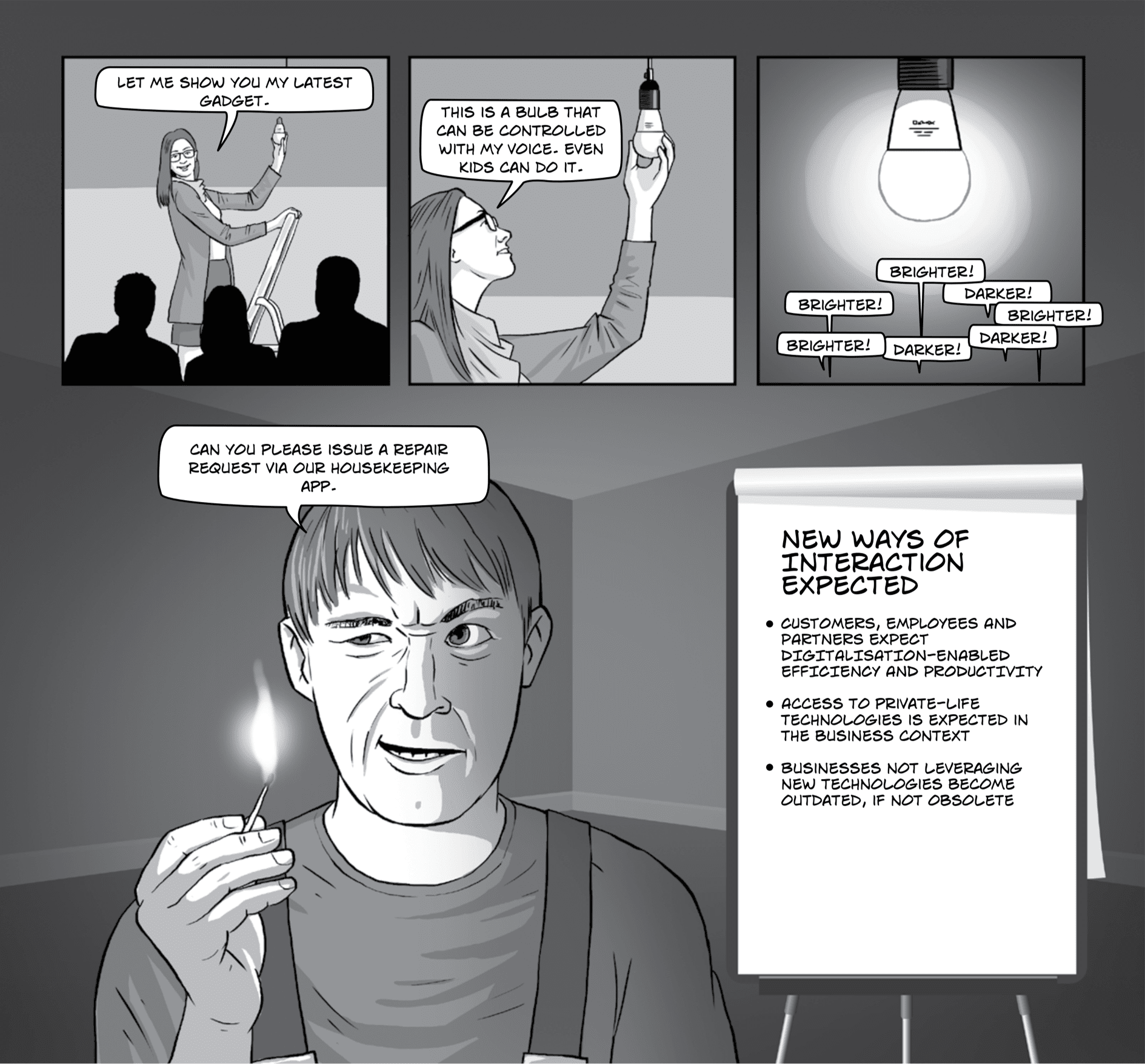It is now a foregone conclusion that digitalisation is shaking up our lives and the business world in a monumental way. While new entrants, the digital start-ups, are born with most of the traits needed to succeed in the digital era, the incumbents, the established large organisations, often find themselves struggling to get the right foothold, the right strategy and the entry points to reinvent themselves as market leaders in the digital era…
Continue reading1.2 New Rules of Business
Devastation caused by powerful earthquake shocks can often be drastic and far-reaching. The strongest earthquake in Valdivia, Chile (1960), had a magnitude of 9.5 and was felt in Hawaii, while the deadliest earthquake in Shaanxi, China, killed nearly a million people. Shocks are typically unexpected and cause contrasting impacts due to differences in prevailing environments. Many aspects of digital disruption are comparable to shocks from incidents such as earthquakes. Powered by the rapid emergence of a wide variety of affordable technologies and consequential changes in customer behaviour, major movements are taking place in the environments that businesses operate in – creating digital shocks.
Continue readingChapter 11: Executing the Digital Transformation
Now we come to the final chapter of this book. It discusses how to actually execute a digital initiative
at the project level. There are three paramount aspects of digitalisation in the day-to-day business of
project implementation: How to manage projects and properly capture their requirements. How to adapt a security strategy in highly distributed digital value networks. How to capitalise on the most valuable asset of the digital age – the data.
10.10 Managing Comprehensive Change
The digital transformation triggers massive change in the enterprise: interactions with customers, as well as those with new partners in the digital ecosystem, are established on a completely new basis. New business models for the enterprise are created and must be implemented thoroughly. New operational models in the enterprise must support these business models, usually requiring the new business processes and data usage to bridge historical departmental boundaries. All this triggers comprehensive change for the organisation. The challenges accompanying such change must be mastered carefully.
Continue reading10.3 Acquiring Digital Capabilities
The most common reason for organisations failing to succeed, even with good strategies, is the lack of adequate supporting capabilities needed for execution. Conversely, capability-aligned organisations perform at the top of their markets. Discrete capabilities can be more easily mixed and matched compared to traditional departmental functions, resulting in a more responsive organisation (BCG study) – a critical characteristic for digital success. Simply stated, ‘capability’ is the power or ability to do something. Many definitions of ‘what is digital capability’ exist in published literature and these range from very narrow, i.e. use of a specific set of digital features, to being quite broad, encompassing an enterprise’s adoption of digital.
Continue reading9.8 Preparing the Implementation of the Digital Transformation
More than 2,000 years ago, Sun Tzi said in his famous book, ‘The Art of War’: ‘Opportunities multiply as they are seized […] Management of many is the same as management of few. It is a matter of organisation.’ We are now at a stage where the CDO, the CDO’s team and the rest of the organisation, all major stakeholders of the digital change, have shaped the transformation ahead. The thrust of this comprehensive transformation has been laid out and agreed upon. The specific purpose and direction of the digital transformation have been shared and ratified. The CDO now must drive the transformation both within the company and with partners and customers.
Continue reading9.3 Business Portfolio Management
As discussed in the previous sections, the digital transformation of an enterprise requires a comprehensive reinvention of its business model. Such business model reinvention encompasses all its dimensions. In the context of Osterwalder’s Business Model Canvas (BMC),[1] the Value Proposition dimension of the BMC is the focal point. New value propositions are created in the digital transformation and existing ones might become obsolete, because they lack competitiveness against new digital competitors and/or need to be phased out to enable the enterprise to focus strategically. In other words, the existing business portfolio needs to be revisited.
Continue reading9.1 Translating the Digital Challenge into a New Business Model
As the first step to meet the enterprise’s digital challenge, its digital future must be shaped alongside an understanding of the necessary transformation, which we know is all-encompassing and involves the whole company. The CDO must determine the target state in cooperation with all stakeholders, both to gather the broadest possible input for the description of the digital transformation and also to create buy-in across the organisation from the outset. In order to mobilise truly strategic and creative thinking, intense workshops will be necessary, joining the Executive Board including the CEO, business owners and innovative internal employees, and external methodological and content experts.
Continue reading8.6 Mobilising the Organisation
The term ‘mobilisation’ was first used around 1850 to describe the preparation of the Prussian Army for deployment. ‘Mobilisation is the process of assembling and organising troops, material, and equipment for active military service in time of war or national emergency. As such, it brings together the military and civilian sectors of society to harness the total power of the nation. It is the mechanism that facilitates successful prosecution of any conflict […]’ Nations, kingdoms and dynasties have been mobilising the military for millennia, often including large numbers of personnel and a wide variety of logistics support. Military mobilisation by the US during World War II was one of the largest and best-organised in the history of warfare.
Continue reading1.4 New Ways of Interaction Expected
Over the past couple of decades, all our private lives have been significantly affected by the advent of new technologies, with everpresent access to PCs, mobile phones, smartphones, tablets and, very soon, virtual reality devices. We can surely expect this trend to continue and we will no doubt be eager to reap the convenience offered by such consumer electronics, albeit often ignoring their impacts on data protection. Businesses have capitalised on this trend and have used these new devices as effective channels to communicate with their customers.
Continue reading


